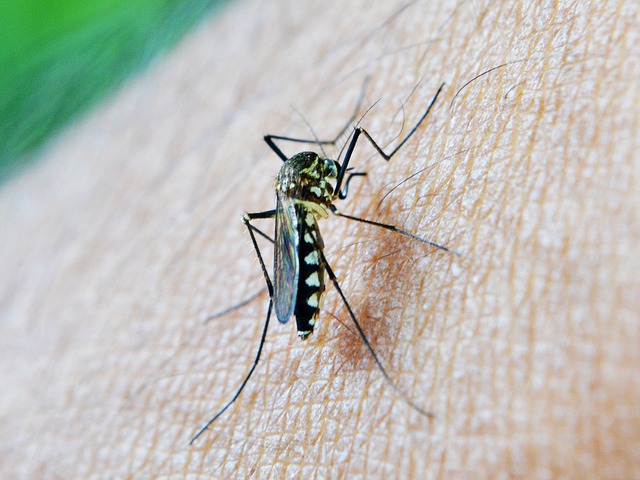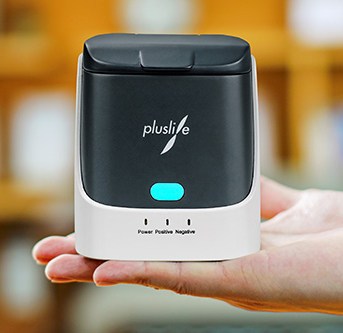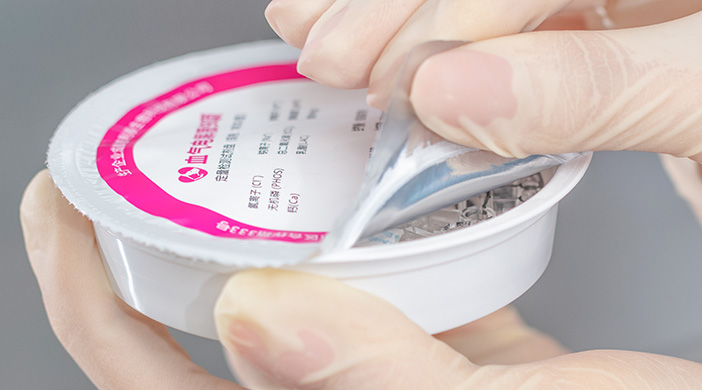release time:2021-11-22 15:36:50
In the previous article, we learned what lipidemia is and how it affects biochemical test results. So what should we do? How can we reduce the interference of lipid samples on biochemical analysis results? Four methods are described below.
For biochemical test results that are mildly affected by lipemia, explain to the pet owner that the sample has mild lipemia. The measured biochemical index is for reference only. It cannot be used as a complete diagnostic basis. Diagnostic analysis should also be performed in conjunction with clinical signs and other ancillary diagnostic equipment. The veterinarian should also indicate the lipemia and its severity on the test report form.

2022-09-15
Microscopic examination has been the standard method for malaria diagnosis for a century. However, the huge workload combined with the lack of professional staff leads to a not-so-low misdiagnosis rate. Misdiagnosis or delayed diagnosis of malaria can have serious consequences for patients.

2022-01-25
There are many COVID-19 test products available in the market, the common products are Abbott's BinaxNOW™ COVID-19 Antigen Self Test, iHealth® COVID-19 Rapid Antigen Test,

2021-12-16
'8 Feline Inflammation' is a reagent disk developed and produced by Seamaty for disease diagnosis in cats. The disc is used in conjunction with the Seamaty Vet Chemistry Analyzer SMT-120VP.